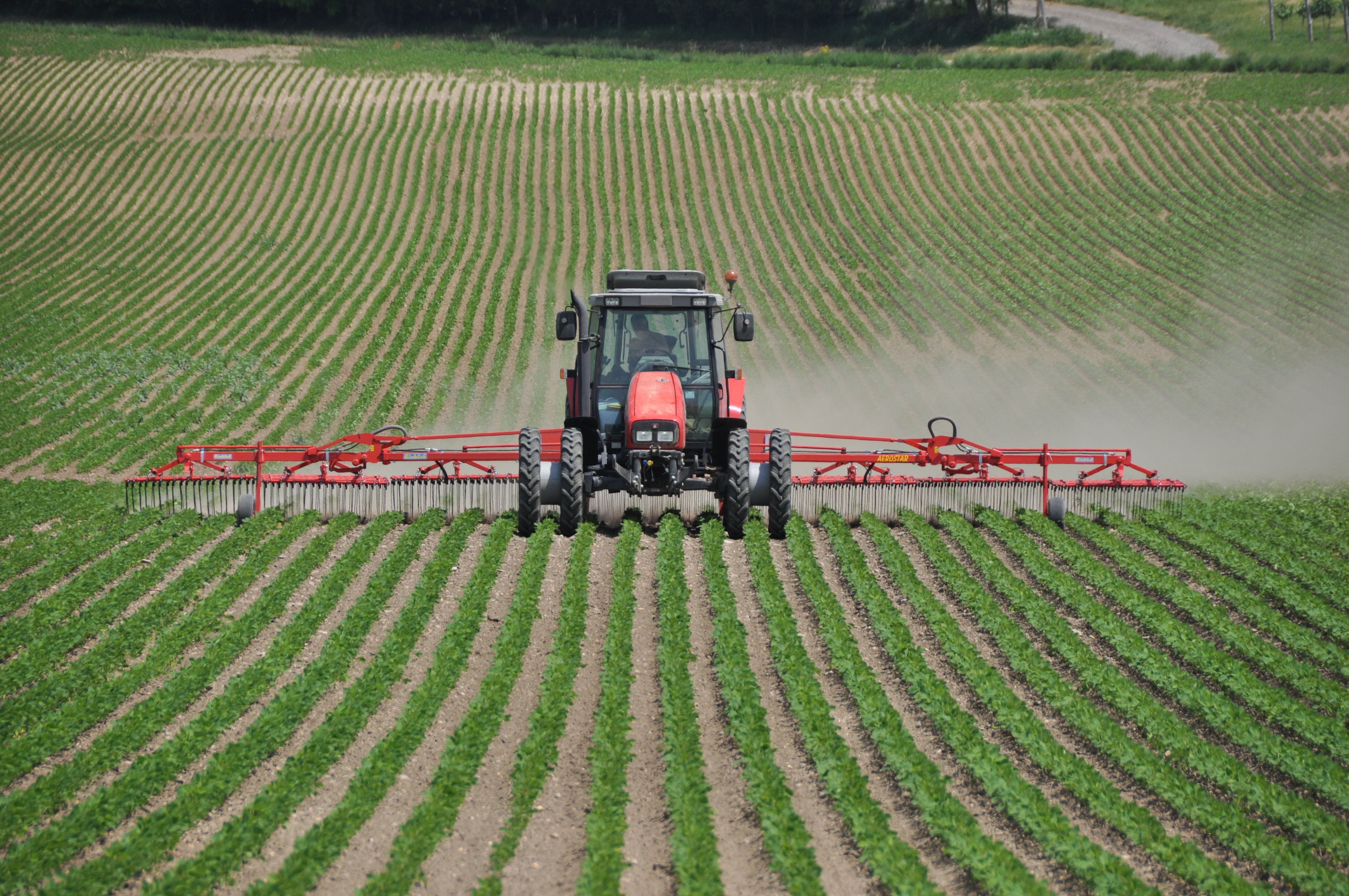Weed control in arable farming
 Which method to use, which equipment to use...
Which method to use, which equipment to use...

In arable farming, controlling weeds is a key factor in the economic and environmental performance of farms. This portal page lists the solutions and strategies for destroying weeds during cultivation, and presents their main principles.
Mechanical weed control
The optimum use of mechanical weeding tools depends on a number of factors, which should guide their choice: thetype of crop and its stage of growth, the weather conditions before and after use, the type of soil, the weeds(annual grasses, annual broadleaf weeds, perennials) infesting the plot and their stage of development. The practical"Mechanical weeding" page presents the different tools and details the selection criteria.
Full-field weeding
Mechanical weeding in the open consists of using tools independently of the crop rows, and is generally recommended for the pre-emergent or juvenile stages of crops. The main tools used are the currycomb harrow, the rotary hoe and the rotary harrow. The currycomb harrow is often considered to be the most aggressive tool, and the one best suited to stony soils, whereas the rotary hoe is suited to a wider range of conditions.[1].
Inter-row weeding
The hoe is the most common inter-row weeding tool, and can be used at more advanced stages of crop growth. It also makes it possible to destroy weeds that are better established than those that can be weeded in the field, and is therefore suitable for later passes.
Chemical weed control
As with mechanical weed control, chemical weed control can be tailored to the target and the stage of the crop. The penetration pathway of the products used and their selectivity must be taken into account, depending on the development stage of the crop and the nature of the weeds.
Furthermore, repeated use of the same products may lead to the selection of resistant flora. It is therefore advisable tocombine or alternate chemical families to limit this phenomenon.
Other alternatives
Mixed weed control
Mixed weeding is a combination of chemical and mechanical weeding throughout the rotation. The weeder, mainly used on maize, is the most widespread example of combining the two techniques in a single pass. In this way, herbicide consumption per hectare can be reduced by 2/3.[2] by combining localised chemical control on the row with inter-row hoeing.
Thermal weeding
Thermal weed control is a developing alternative that involves applying a thermal shock at a high temperature (using a direct flame or infrared) over a very short exposure time (3 to 5 seconds). This destroys the plant cells and is therefore better suited to pre-seeding or pre-emergence treatments.
References
- ↑ ITAB, désherber mécaniquement les grandes cultures, 2012. http://www.itab.asso.fr/downloads/desherb-meca/dm-brochure_culture-web.pdf
- ↑ Chambre d'agriculture d'Alsace, Le désherbage mécanique des grandes cultures en Alsace, 2018. https://alsace.chambre-agriculture.fr/fileadmin/user_upload/Grand-Est/040_Inst-Alsace/RUBR-environnement/Protection_de_l_eau/GUIDE_DESHERBAGE_MECANIQUE_Decembre_2018.pdf